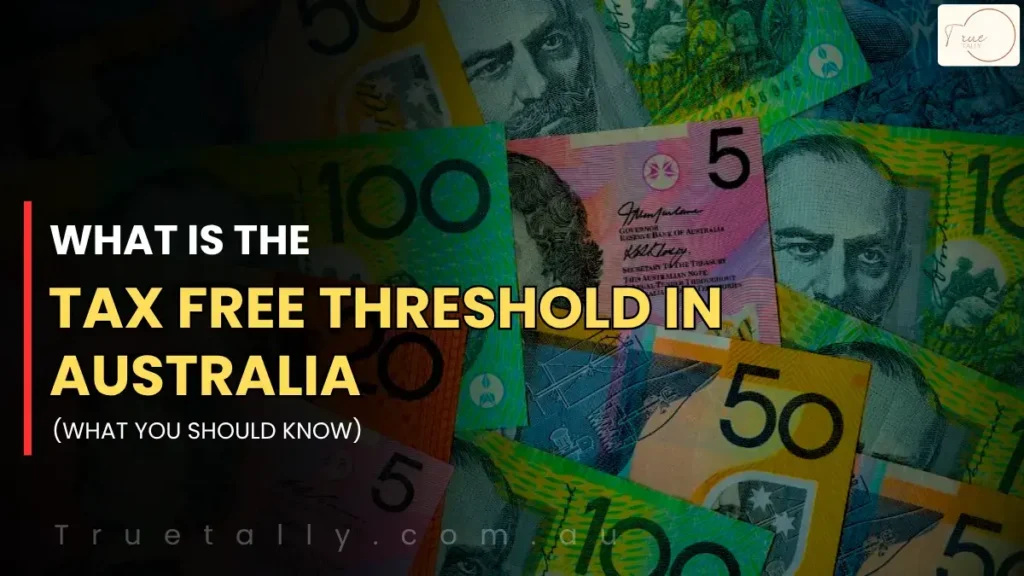Maximising your business vehicle tax deduction is an effective way for small business owners in Australia to manage their finances. Many owners believe that buying a car for work can reduce their tax bill, but the rules are not always straightforward. There are often misconceptions about how much can be claimed, which makes it important to get the right guidance.
The Australian Taxation Office (ATO) updates its rules regularly, so you should work closely with your accountant to stay on track. In this guide, we break down the process in simple terms, providing clear tips on how small business owners can claim tax benefits when buying a car for business use.
What Is a Business Car Loan?
A business car loan helps you buy a vehicle for your company by borrowing money from a lender. Like other loans, you have to repay a certain amount in regular instalments, usually monthly, over a set period of time (known as the loan term).
You can choose from a variety of business vehicle loans, such as a chattel mortgage, finance lease, or hire purchase.
In this article, when we talk about business car loans, we mean a chattel mortgage (also called a goods loan), as it is the most common option used by businesses.
Types of Motor Vehicle Deductions
The ATO allows small business owners to claim tax deductions for motor vehicles used in business. Below is a general list of expenses you can claim as part of motor vehicle expenses:
- Petrol, fuel and oil
- Motor vehicle insurance premiums
- Interest on a car loan or lease
- Vehicle registration
- Repairs and servicing costs
- Depreciation (reduction in value)
- Lease payments
Vehicle Depreciation: What You Need toKnow
If you want to get the most out of your car loan tax deduction, you need to know which vehicle expenses you can claim as a business expense.
Fuel and oil: You can claim work-related travel expenses, such as fuel and oil. Keep records of the miles you drive for business so you can support your claim and enjoy the savings.
Depreciation: You can claim the depreciation of your business car as a tax deduction. This can significantly reduce your taxable income. Make sure you follow the Australian Taxation Office (ATO) rules carefully so that depreciation is calculated correctly.
Insurance: Paying for vehicle insurance is more than just protection—it also qualifies as a deductible expense. Having insurance reduces the overall cost of using a business car.
Repairs and maintenance: You can claim the cost of keeping your business car in good condition. Expenses like servicing, changing tires, and repairs count as tax deductions.
Registration: You can also write off your car registration fees as a business expense. This tax deduction gives you another opportunity to save money for your company.
Continue Reading: How to Use a Weekly Tax Table for Your Business (2025 Guide)
Personal Vehicles And Tax Deductions
Even if you buy a car in your own name for your small business, you can still claim a tax deduction for the miles and expenses you incur when using the vehicle for work. The easiest way to track both personal and business travel is to keep a logbook, which you can purchase from most newsagents. How you claim car expenses will depend on whether you operate as a sole trader, limited company, trust or partnership.
Actual Costs Method
This option uses receipts for all car expenses related to business travel. At the end of the financial year, you can claim the business portion of that expense. If you use the car for both work and personal travel, keep proper records. In such cases, multiply the total expense by the percentage of business use.
Logbook Method
When you use a logbook, you must write down details of each trip, including dates, start and end points, total kilometres and the reason for the journey. To find the business percentage, divide the business kilometres by the total kilometres travelled, then multiply by 100. You should also calculate all your car expenses for the financial year and apply your business usage percentage.
Cents Per Kilometre
This option requires you to multiply your total business kilometres for the year by the ATO rate. For 2022-23, the rate is 78 cents per kilometre. You can claim a maximum of 5,000 business kilometres per year using this method.
FAQs
Q1. What expenses can I claim for a business car?
You can claim the costs of running a business car, including fuel, servicing, insurance, registration and interest on the car loan. You can also claim lease payments and depreciation. However, you can only claim the portion of expenses related to business use. Any personal or private use must be excluded.
Q2. How do I calculate the percentage of business use of my car?
To find out your percentage of business use, keep a logbook for at least 12 weeks. Record your odometer readings at the beginning and end of each business trip. Then, calculate the total kilometers driven for business as a percentage of your total kilometers during the logbook period. This percentage is used to estimate your claimable car expenses.
Q3. What methods can I use to claim my business car expenses?
There are two main methods: the logbook method and the cents-per-kilometre method. The logbook method allows you to claim actual car expenses based on a percentage of your business use. The cents-per-kilometre method allows claims up to 5,000 business kilometres per year at a fixed ATO rate. Companies and trusts can only use the actual expenses method.
Recommended to Read: GST Exemptions in Australia: Key Benefits, Rules & Tax-Free Goods Guide



